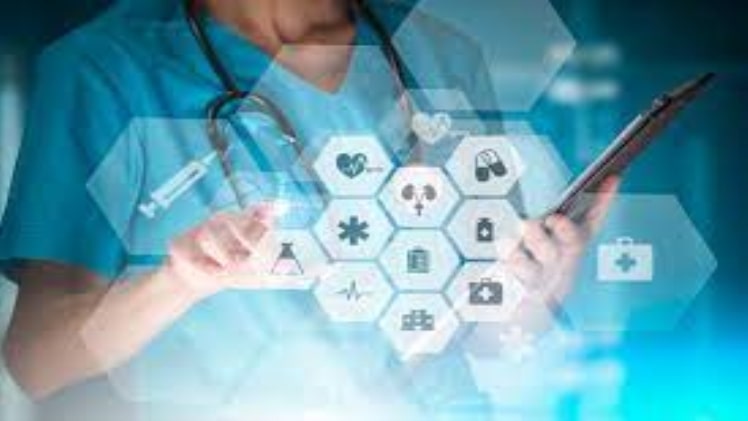Over the last few years, the Internet of Things (IoT) has experienced massive innovations that have transformed nearly all industries, including healthcare. Today, most healthcare facilities rely on IoT to help medical practitioners deliver outstanding patient outcomes via enhanced patient monitoring.
The increase in the number of healthcare devices connected to the internet to communicate to and with each other has bolstered the sharing of healthcare information via potent networks built on JDE, among other Enterprise Solutions.
That said, let’s look at the various ways IoT is transforming the feature of healthcare monitoring.
IoT Systems are Bettering Patient Outcomes
Health professionals, through the help of IoT-centered monitoring systems, can quickly collect and convey real-time data and information from patients. After that, they can study that data and information to unearth trends that can aid in delivering superior healthcare interventions, which in turn better outcomes.
Keeping Track of Patients Outside Hospitals
With the Internet of Things, healthcare providers can monitor patients remotely. This is because IoT devices use cyber security protocols, wireless technology, and sensors to keep track of patients regardless of their whereabouts.
These systems allow patients to receive treatment and the requisite care without necessarily having to stay at the health facility. They can remain at home and perform other duties if possible or even cut down hospital bills since there will be no bed charges to pay daily.
In addition, they allow patients to take charge of their health conditions and live at ease in their environments.
Still, medics can get real-time information regarding the patient and take the required medical action to bolster the patient’s health situation.
Heart Monitoring Systems
Nowadays, healthcare providers use advanced smartwatches to monitor heart rate. Also, these IoT devices help in treating various blood conditions like blood pressure.
Aiding in Generating Crucial Data for Future Use
Healthcare depends largely on diagnosis from former patients and medical conditions. Healthcare professionals used the data gathered in the past about certain conditions to learn how better to handle similar situations in the future.
Medicare IoT systems are aiding in the betterment of healthcare by collecting valuable information on emerging conditions, such as coronavirus. Besides, the data kept in databases will assist healthcare practitioners in making informed decisions on monitoring patients in the long run at affordable prices.
Examine Patient Data
IoT gadgets are fostering the development of software that can help medics to review patient data. This allows them to discover new trends that help make reasonable decisions regarding treating patients. Also, these trends help healthcare providers to make well-judged decisions on management matters.
Moreover, IoT devices are directly used in remote disease diagnosis. On top of that, they have proved pivotal in enhancing disease identification, for example, by anticipating the results under diversified intervention conditions. They unearth and visualize the outcomes much faster than doctors would. These devices mainly use artificial intelligence and machine learning.
Biomarker Sensing
This progressive healthcare technology entails the application of contact lenses equipped with sensors. They aid medical practitioners in comprehending eye-related issues and conditions like hypoglycemia.
For example, they can aid in monitoring glucose in tears in actual time and help in grasping various eye conditions. And since they involve no drawing of blood from the patient, they provide unmatched safety and comfort to patients.
The IoT devices help monitor a patient’s blood pressure, pulse rate, oxygenation, and many more. This expedites treatment, contains the spread of viruses, and boosts diagnosis results by promoting data-centered diagnosis.
Remote tracking is practical through interconnected IoT devices, such as inhalers, asthma monitors, and insulin pens. Besides the popular smartwatches with NetSuite consulting, there are also wearable devices such as biosensors that help in the containment of diseases and the development of remote hospitals. For example, they have been applied to identify worsening signs in COVID-19 patients.
This device poses no adverse effect on the chest and collects crucial data such as heart rate and respiratory rate when placed on a patient’s chest. In addition, Biomarker sensing can help keep a record of other information regarding a patient, such as activity level, ambulation, and posture.
These devices have been integral in infection tracking, especially during the coronavirus pandemic. The smart thermometer is an example of IoT devices that have been applied at the hospital and individual levels.
It denotes how smart devices can help the world control and manage outbreaks and diseases affecting millions of people. Furthermore, these devices are capable of advising patients on measures to take whenever they need assistance.





